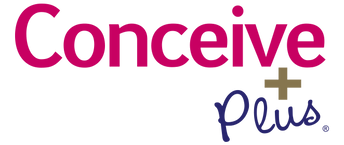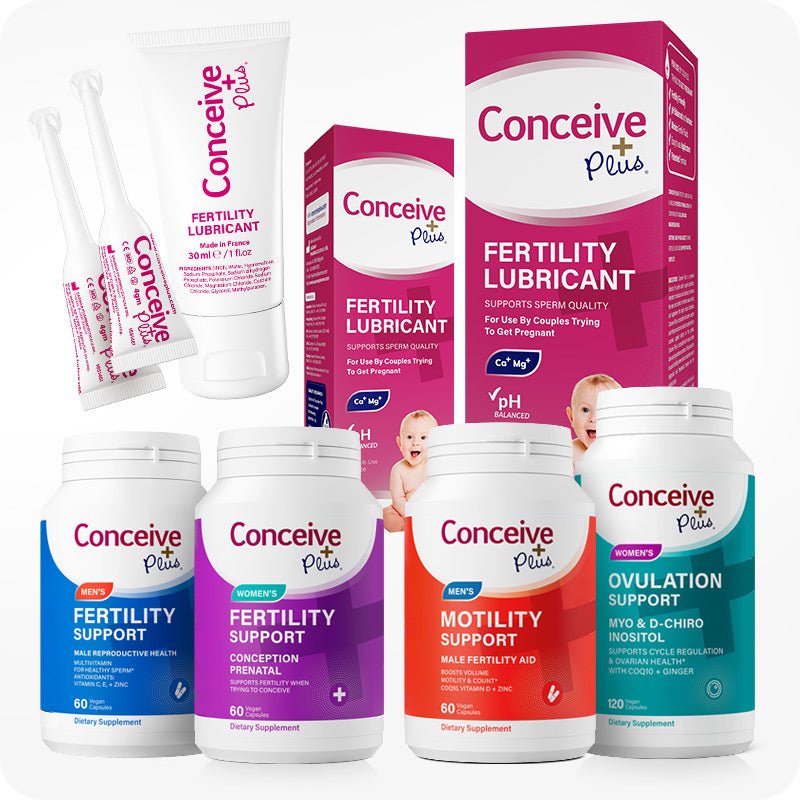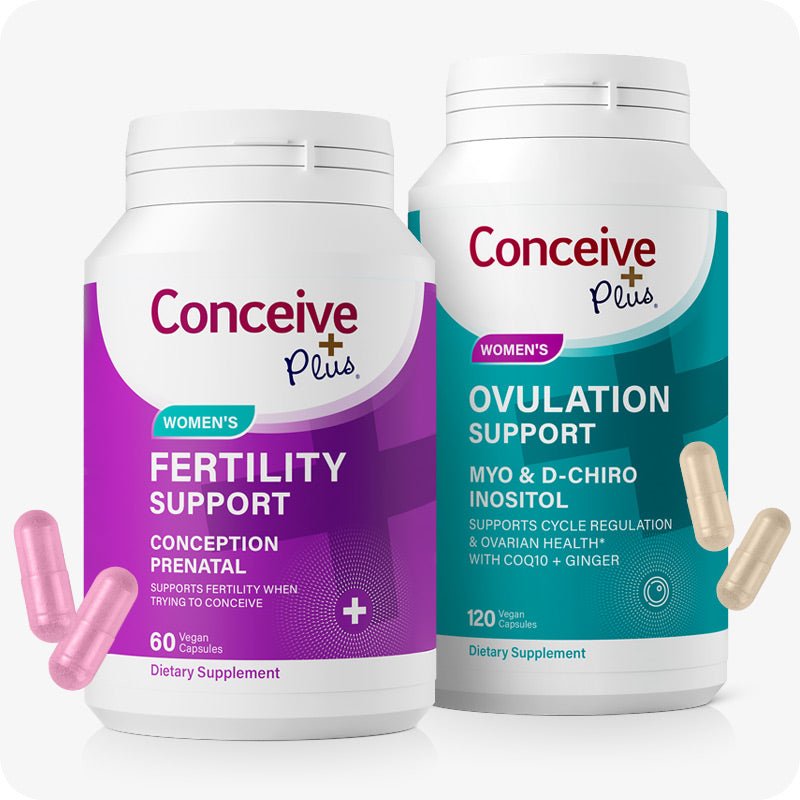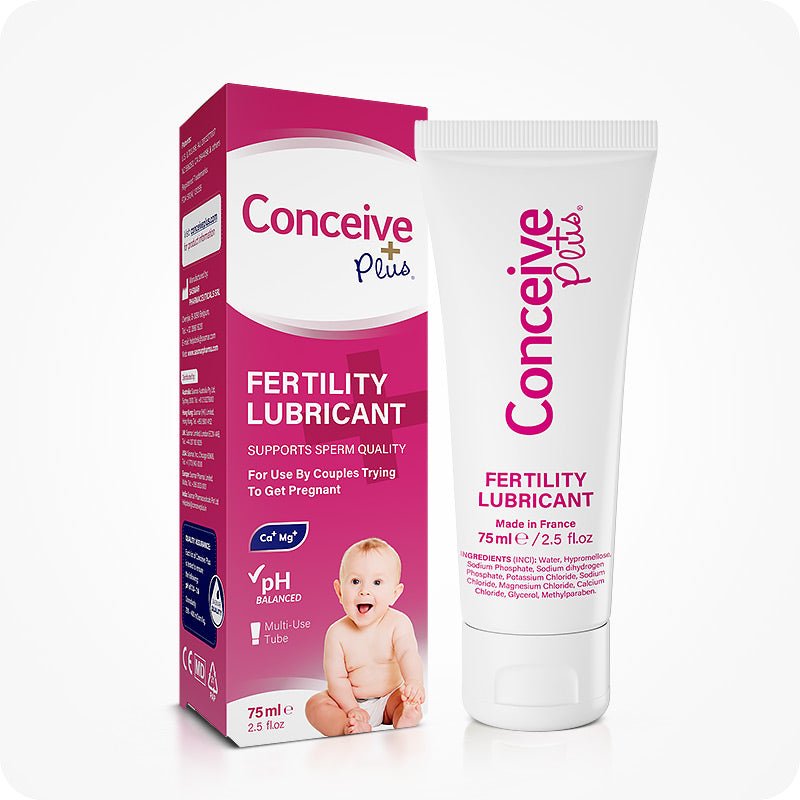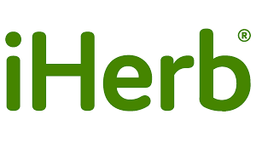How Effective Is the Billings Ovulation Method?

The ovulation phase of the menstrual cycle is when the release of an egg from one of the two ovaries occurs. Eggs stay alive for only about 12 to 24 hours, meaning fertilization must occur within 24 hours after the egg release [1]. This explains the importance of ovulation days for a successful conception. But how can you track your ovulation?
There are many ways a woman can track her ovulation, and one such effective way is known as the Billings ovulation method. Unlike many other ovulation tests, this method doesn't involve equipment to detect ovulation. Instead, it involves observing changes in the cervical mucus that occur around ovulation days.
The Importance of Ovulation Tracking
Ovulation plays a key role in reproduction since it is the only time during a cycle when a woman can become pregnant [2]. If you can detect when you are ovulating, you can significantly increase your chances of conception. All you need is to ensure the availability of sperm by planning intercourse around ovulation days.
On the other hand, it is equally helpful for couples who want to avoid pregnancy naturally without using contraceptives. In that case, a couple needs to avoid unprotected sex around ovulation days.
Additionally, tracking ovulation can provide you with valuable information about your reproductive cycle. For example, if you experience irregular or absent ovulation, there is a chance that you have underlying health issues such as hormonal imbalances or polycystic ovary syndrome or PCOS [3].
What Is the Billings Ovulation Method?
The Billings ovulation method is a natural way to track ovulation, and it involves observing cervical mucus changes. This method is based on scientific research and has been used by women around the world for decades [4]. The Billings method was developed by Drs. John and Evelyn Billings in the 1950s.
Cervical mucus changes throughout the menstrual cycle due to hormonal changes [5]. These changes in cervical mucus provide valuable insights about fertility. Here is how the method works:
-
Understanding Cervical Mucus
Cervical mucus is either dry or sticky during most of the menstrual cycle, and this nature of cervical mucus indicates low fertility. As ovulation approaches, estrogen levels rise, and the mucus becomes wetter, clearer, and more stretchy. These changes indicate high fertility days [5].

The mucus on the most fertile days is often compared to raw egg whites. This type of mucus creates a friendly environment for sperm, helping them reach the egg. After ovulation, progesterone levels rise, and the mucus becomes thick and cloudy again, which is a sign that fertility days are over.
-
Daily Observations
If you are practicing the Billings ovulation method, you must observe and record your cervical mucus changes daily. You can do so by checking the mucus on toilet paper, underwear, or directly at the vaginal opening.
-
Daily Charting
You must record daily observations of mucus changes on a chart or an app. By tracking these changes over several cycles, you will be able to understand the patterns in your cycle and detect ovulation based on changes.
-
Using the Information
Now that you have information about your ovulation days, you can increase your chances of pregnancy by planning intercourse around those days. However, if your goal is to avoid pregnancy, you need to refrain from intercourse or use birth control around ovulation days.
Benefits of the Billings Ovulation Method
Here are some of the benefits of Billings ovulation method over other ways to track ovulation:
- Natural and Drug-Free: You don't need to use medicines or devices to track ovulation. All you need is to understand the changes in your cervical mucus during ovulation days.
- Cost-Effective: Ovulation test kits or clinical tests for detecting ovulation can be an expensive option for many. On the other hand, the metodo Billings is free and only requires a little bit of your time.
- Fertility Insights: The Billings method not only helps detect ovulation days but also provides you valuable insights about your menstrual cycle. By regularly monitoring your cycle, you will be able to detect irregularities and other early pregnancy symptoms that hint towards fertility issues.
- Effective: Studies show that the Billing ovulation method is highly accurate [4]. If you know or learn how to use this method correctly, you can increase your chances of conception or even avoid pregnancy, depending on your goal.
Limitations of Billings Ovulation Method
Like any other ovulation detection method, the Billings method is also not perfect. Here are some limitations of the Billings ovulation method:
- Requires Commitment: It can be challenging for some women to observe changes in cervical mucus and keep a record daily. Mistakes or skipping days can make it hard to predict ovulation through this method.
- Learning Curve: It takes time to understand the changes in cervical mucus. You are very less likely to predict your ovulation accurately in initial attempts.
- Less Effective with Certain Conditions: Illness, stress, or hormonal imbalances can result in unexpected changes in the cervical mucus, which influences the accuracy of the results.
Other Ways to Track Ovulation
If you fail to learn how to use the Billings method for ovulation detection or just want a different solution, many other options are available for you. These are:
-
Ovulation Predictor Kits
Ovulation prediction kits are home test kits that detect the sudden rise in luteinizing hormone (LH) — LH surge — that occurs 24 to 36 hours before ovulation [6].
These kits are very easy to use and provide a clear indication of the fertile window. However, they are more expensive than natural methods and require regular buying of test strips.
-
Basal Body Temperature
A woman's basal body temperature, the temperature in the morning after a night's sleep, slightly increases after ovulation due to rising progesterone levels [7]. If you track your temperature every morning before getting out of bed, you can identify when a change in temperature occurs, indicating ovulation. This method is better for confirming ovulation rather than predicting it.
-
Calendar Method
This method involves tracking menstrual cycles over several months to predict ovulation based on the length and the pattern of the cycle. You can use online ovulation calculators or apps for this method. The limitation is that it works best for women with regular cycles but is less reliable for those with irregular periods.
Which Ovulation Tracking Method Is Right For You?
The best method for tracking ovulation depends on your personal preferences, lifestyle, and goals. If you want to detect your ovulation by using natural methods and want to avoid medicines or devices, Billings ovulation and basal body temperature methods are excellent options for you.
However, if you want convenient and more accurate results with the help of technology, ovulation prediction kits are the right option. You can also consult your healthcare professional for guidance in choosing the right option.
Conclusion
Ovulation tracking is an effective way for any woman to track her most fertile days. If you are aware of your most fertile days, you can increase your chances of getting pregnant by ensuring the availability of sperm in those days. Similarly, you can also avoid unwanted pregnancies by inhibiting the availability of sperm to the egg on fertile days.
The Billings ovulation method is one such way that helps women detect their ovulation days by observing changes in the cervical mucus. This method is not perfect, but it has many advantages, such as cost-effectiveness and valuable insights into fertility health, that make it worth considering.
Resources Used
- Pregnancy - identifying fertile days: MedlinePlus Medical Encyclopedia. (n.d.-e). https://medlineplus.gov/ency/article/007015.htm
- Holesh, J. E., Bass, A. N., & Lord, M. (2023e, May 1). Physiology, Ovulation. StatPearls - NCBI Bookshelf. https://www.ncbi.nlm.nih.gov/books/NBK441996/
- Singh, S., Pal, N., Shubham, S., Sarma, D. K., Verma, V., Marotta, F., & Kumar, M. (2023b). Polycystic Ovary Syndrome: Etiology, Current Management, and Future Therapeutics. Journal of Clinical Medicine, 12(4), 1454. https://doi.org/10.3390/jcm12041454
- Ayala-Ramirez, M., Grewe, M. E., Kaiser, J., Kennedy, E., Winn, M., & Urrutia, R. P. (2023). Understanding the perspective of women who use the Billings Ovulation Method®: a focus group study. BMC Women S Health, 23(1). https://doi.org/10.1186/s12905-023-02398-w
- Professional, C. C. M. (2024h, July 3). Cervical Mucus. Cleveland Clinic. https://my.clevelandclinic.org/health/body/21957-cervical-mucus
- Demir, A., Hero, M., Alfthan, H., Passioni, A., Tapanainen, J. S., & Stenman, U. (2022). Identification of the LH surge by measuring intact and total immunoreactivity in urine for prediction of ovulation time. HORMONES, 21(3), 413–420. https://doi.org/10.1007/s42000-022-00368-9
- Steward, K., & Raja, A. (2023, July 17). Physiology, Ovulation And Basal Body Temperature. StatPearls - NCBI Bookshelf. https://www.ncbi.nlm.nih.gov/books/NBK546686/
